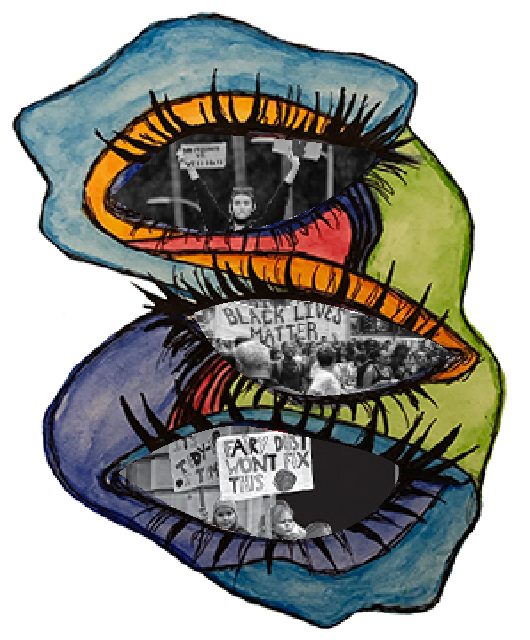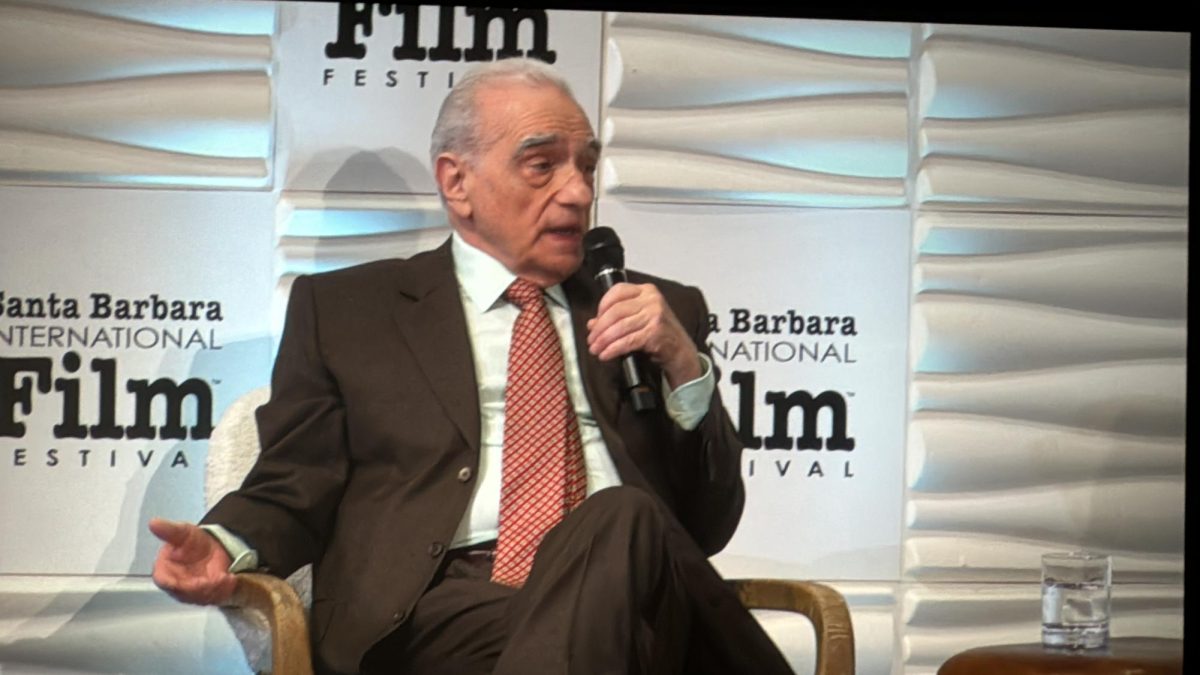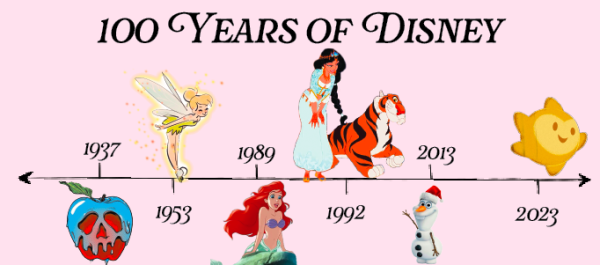Performative Activism
Reposts. Hashtags. Black screens. Does activism deserve instant applause? How does one define activism apart from performative trends?
June 17, 2022
What does it mean to be an activist? Someone who advocates for social and political issues, a person who fights for change in a world where others are too afraid to speak up; Martin Luther King Jr., Malala Yousafzai, Rosa Parks, just to name a few. These are prominent activists who have accomplished multitudes and spread ideals of change through peace and the power of speech.
Activists can also be the untold names of people who march through the streets to protest abortion regulations in Texas or the vile actions performed by police brutality. So how can it be that such a powerful concept, activism, can be conceptually weakened by per- formative motives?
“I would describe performative activism as the act of supporting
a social justice cause at the minimum in order to be seen as a good person; whether or not you actually support those causes, typically on social media,” freshman Elanor Crafton said.
History teacher Dr. Kevin Guay says, “It’s essentially a surface-level attempt to demonstrate loyalty to a particular social or political issue. Often using social media. In graduate school, my fellow candidates would pejoratively refer to these individuals as ‘armchair activists’ and ‘keyboard crusaders.’
Activism has taken new shapes, where the final goal is not to change the world or speak out about crucial matters, but to gain publicity, status, media support, glory, and of course, the ultimate initiative, to make more money. With the easy access to social media during this age, people have the power to create this positive and devoted image of themselves using activism and critical public issues when in reality, they are not well informed.
Crises like war and poverty are sometimes twisted into self-righteous trends, where people post about them only to receive praise for seeming empath.
“There’s a difference between following a trend and supporting a movement; when those lines are indistinguishable social media gets messy.” says senior Zoë Stephens.
#StandWithUkraine, #FreePales- tine, #StopAsianHate, #FaceTheCli- mateChangeEmergency, #StayAtHome, #MyBodyMyChoice, #MeToo. These trends can acknowledge social emergencies with a deaf tone at times. For example, this flood of media often causes abrupt support for five seconds, all until the internet moves onto celebrity drama and forgets about these topics. At other times however, these trends provide a free space for people to share about personal experiences or traumas in a place where they won’t feel alone.
Zoë says, “It’s a controversial topic because on one hand, it helps movements spread and expand through the amount of people reposting important messages, but it’s also a problem because a good amount of people don’t even know what they are supporting or not supporting. When people follow these movements purely because other people are following it, a movement that affects real people turns into nothing more than a trend.”
Anyone can download Twitter, Instagram, Tik Tok, or another type of social media and speak behind the shelter of their screen, wielding information built on fallacies just to get the reaction from others that gives themselves a sense of importance. Many users get the majority of their news knowledge from their favorite apps. It becomes more difficult to differentiate between what’s true versus false, and raises questions of what is considered activism- whether something is per- formative or inspiring can be hard to differentiate, primarily through our exceedingly online-based lifestyle.
“Honestly I get a lot of my news from TikTok and Instagram. I’ll see someone repost an article or a tweet about something, or see educational posts. After that I always check multiple sources to see if it’s accurate or not,” says Eleanor. Dr. Guay stays informed by keeping up with The Daily podcast, The New York Times, NPR, and other news outlets. He says, “Our implicit biases make us all vulnerable to disinformation and fake news. I try to remain hyper-critical about the information I take in.”
A new marketing strategy for large companies is “brand transparency,” a tactic that attempts to build trust in the consumer audience, for example by forming campaigns and labels that reveal dramatized climate change control in order
to appeal to consumers as a more considerate and conversational company. A lot of clothing brands release separate labels specifically marketed as “sustainable”, where all the sources are revealed and the materials are responsibly made. All
of this transparency is a tactic to distract from where the majority of their clothes are sourced, how they are produced, and the truth behind their unsustainable brand.
Another example of performative activism among companies is the ban on plastic straws in California unless requested, back in 2019. Even though Starbucks discontinued their old plastic straw encouragement, this movement was merely
a distraction from true over-production and excessive amounts of fossil fuels
and single-use items that Starbucks contributes. Saying “Save The Turtles” is not an efficient, long-term, or effective cause.
#BlackOutTuesday took place on June 2, 2020. This was an online Black Lives Matter protest against racism and police brutality during the peak of the uprise after the murder of George Floyd. A flood of black squares were posted on Instagram on that day as a collective action. However, with A-list celebrities on board and so much participation, this overwhelmed platforms and, in some ways, silenced the voices that needed to be heard.
Dr. Guay says, “I believe that bringing attention to any matter associated with social justice or a fight for equality is worthy. Social media is a powerful tool that conveniently and effectively disseminates ideas to a broad audience. I don’t blame people that feel passionate about an issue and want to do something positive. If these trends can inform a wider populace about systematic injustices and provide a sense of community, I think a real difference is soon to follow. However, it
ultimately depends on the motive. If a person changes their profile image to a black square or yellow equal sign to garner more likes and respect or achieve a moral high ground, some may see it as ‘virtue signaling’, which could damage the cause in question.”
Social media is known for giving an open platform that encourages freedom of speech and self-expression. In theory, this concept sounds constructive. However, we are left questioning whether these apps are meant to be used as a political battleground. With the loom of cancel culture and misinterpretation, it can often be challenging to depict one’s ideas through technology accurately.
Young teens and adults are exposed to performative activism; there can be underlying guilt from staying silent about politics, along with the insularity centered around speaking up about these matters on places like Tik Tok or Insta- gram, the fear of misspeaking, or spreading false news on accident. Eleanor says, “I definitely felt guilty when I would see people I’m friends with post something in support of a cause when I hadn’t.”
There is a light at the end of the tunnel, when youth is given the space online to share their beliefs, ideas, they may have the ability to open up in ways that they are not able to beyond the screen, perhaps being sheltered in their real-life familial situation or community.
Speaking up about these imperative topics takes bravery, less so behind a screen, but nevertheless: these voices make a difference. Say their names: George Floyd, Breonna Taylor, Emmett Till. Try donating, signing petitions, and show- ing support.
Eleanor says, “I posted quite a few things for the BLM movement back at its height in 2020 and continue posting about LGBTQ+ and women’s rights topics. At the time, being barely a teenager, I felt like it was kind of the most I could do. Now I definitely try and do more than just posting about things… I think it’s good to use social media to educate as long as you know it’s reliable.”
















